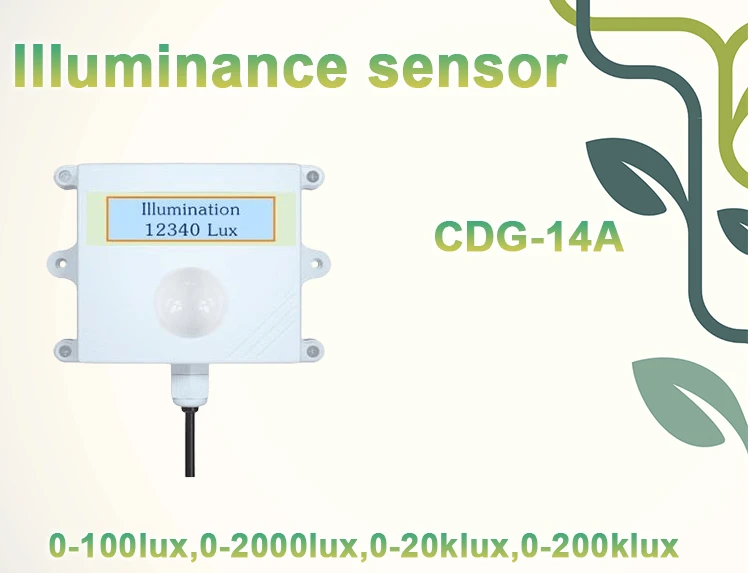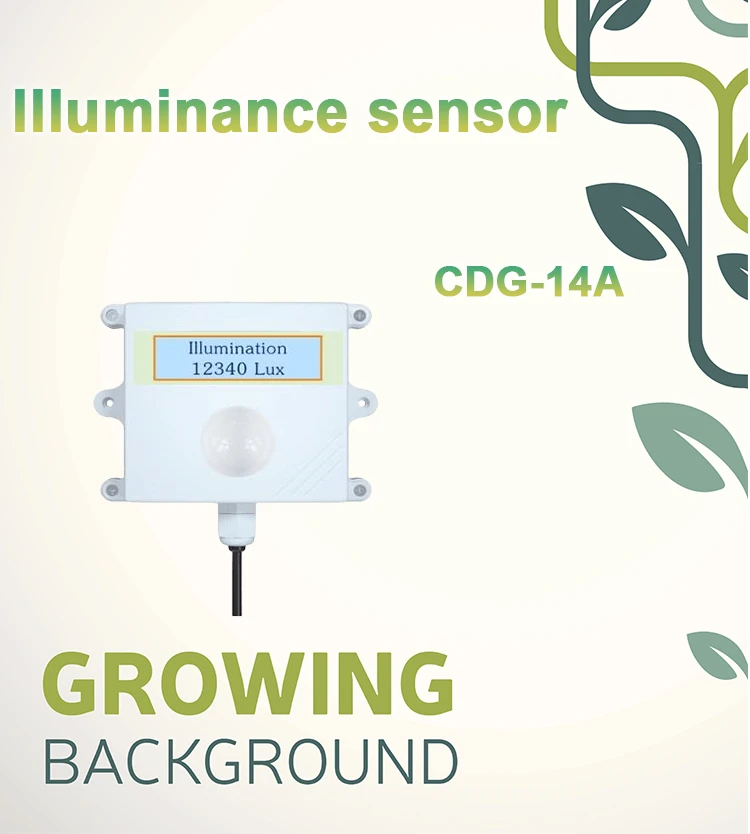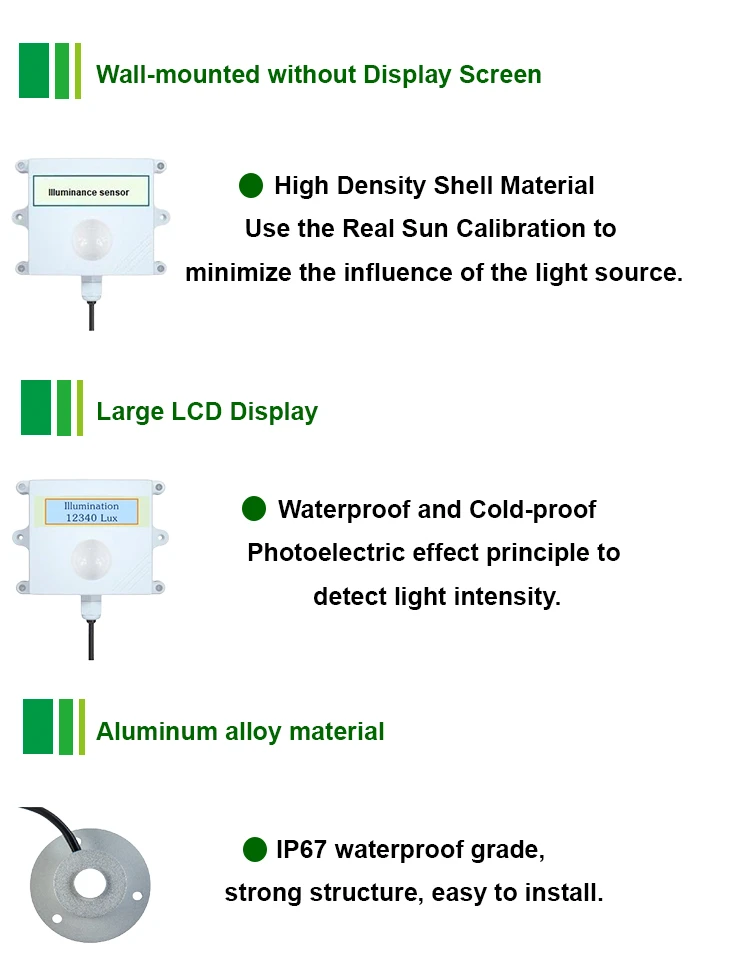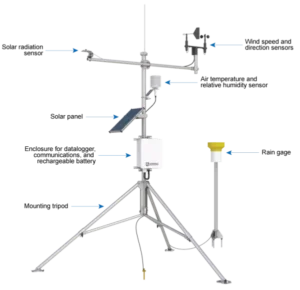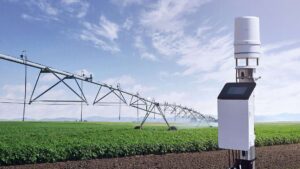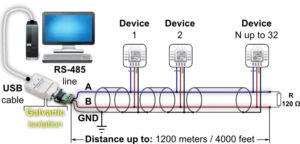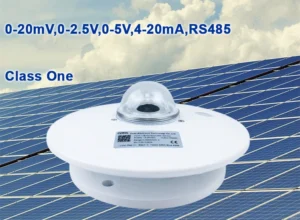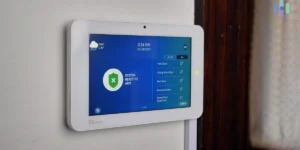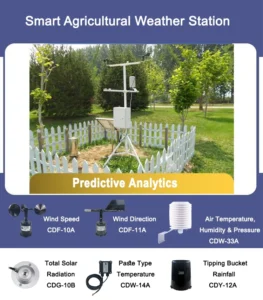What Does an Illuminance Sensor Sense?
In our lives, light is essential. It helps plants grow and makes energy devices work better. Because of this, illuminance sensors have become essential tools. These sensors measure the amount of light in a specific area. They provide useful data for many different applications. Knowing what an illuminance sensor detects and how it works is important. This helps us understand its role in technology and everyday life.
Defining Illuminance
Before delving into what an illuminance sensor senses, it’s important to understand the concept of illuminance itself. Measure illuminance is the amount of light that hits a surface. The International System of Units measures it in lux (lx). One lux is equivalent to one lumen per square meter. To put this in perspective, a bright sunny day can have about 100,000 lux. In contrast, a typical office has around 300 to 500 lux.
The Sensing Mechanism of Illuminance Sensors
Illuminance sensor mainly detect visible light. This is the part of the EM spectrum that people can see. The core component of most illuminance sensors is a Light-sensitive element, usually a PD or a LDR.
Light-sensitive diodes
Light-sensitive diodes function as integrated circuit devices that convert light energy into electrical energy. When photons (particles of light) hit the light-sensitive diodes, they create electron-hole pairs in the circuit material. The number of these electron – hole pairs generated is directly proportional to the intensity of the incident light.
This creates a flow of current through the Light-sensitive diodes. The system uses this current to find the level of light.
Advanced Light-sensitive diodes-based illuminance sensors often include extra circuits. These circuits amplify weak electrical signals and convert them from analog to digital. This makes it easy to connect with MCU and other digital systems.
Light-Dependent Resistors
Light-Dependent Resistors, also known as light – dependent resistors (LDRs), operate on a different principle. A material with electrical resistance that changes depending on the amount of light falling on it composes them. In the dark, a LDR has a high resistance, but as light intensity increases, its resistance decreases. Measuring the change in resistance allows us to calculate the illuminance of the surrounding environment.
LDR are simple and cost-effective. However, they may respond more slowly than Light-sensitive diodes. They are also less accurate in some uses.
Applications of Illuminance Sensing
Lighting Control Systems
One of the most common applications of illuminance sensors is in lighting control systems. In buildings, these sensors automatically change the brightness of lights. They do this based on how much natural light is available.
In an office building, there is a light sensor. When it detects enough natural light beams from the windows, it can dim the lights or turn them off. This helps save energy. This not only saves electricity but also creates a more comfortable and natural – looking environment for occupants.
Agriculture
In the agricultural sector, illuminance sensors play a vital role in optimizing plant growth. Different plants need different amounts of light for carbon dioxide fixation via light. This is the process where they change light energy into chemical energy.
By placing illuminance sensors in greenhouses or fields, farmers can monitor the light source levels available to their crops. If the light intensity is too low, they can use artificial lighting to supplement it. If the light is too strong, they can use shade cloth. This protects the plants from too much sunlight, which can cause harm.
Environmental Monitoring
Illuminance sensors are also used in environmental monitoring applications. They help researchers study light conditions in different ecosystems. This is important for understanding how plants and animals behave. In forest ecosystems, researchers can measure light levels in different parts of the canopy. This helps them understand how light spreads and affects the growth of plants below and the survival of animals living in the forest.
Automotive Industry
In cars, illuminance sensors are employed to control various lighting – related functions. They can turn on the headlights automatically when the light level gets too low. This helps the driver see better in dark conditions. These sensors can also adjust the brightness of the dashboard lights. This helps the driver see better and saves energy.
Limitations and Considerations
While illuminance sensors are highly useful, they do have some limitations. For example, they mainly measure visible light. They may not accurately detect other types of EM radiation, like UV light or infrared light. Also, things like the color of the light and the angle it hits the sensor can change the accuracy of the readings.
To overcome these limitations, some advanced light sensor have extra features. These include spectral sensitivity correction and cosine-corrected lenses. These features help provide more accurate and reliable measurements.
Conclusion
Illuminance sensors are important devices. They detect the amount of visible light in an area. Then, they turn this light into measurable electrical signals. Their applications span across multiple industries, from energy – efficient lighting control to optimizing agricultural production and environmental research. As technology keeps advancing, illuminance sensors will likely become more advanced. This will allow for better and more flexible light measurement in many future uses.
